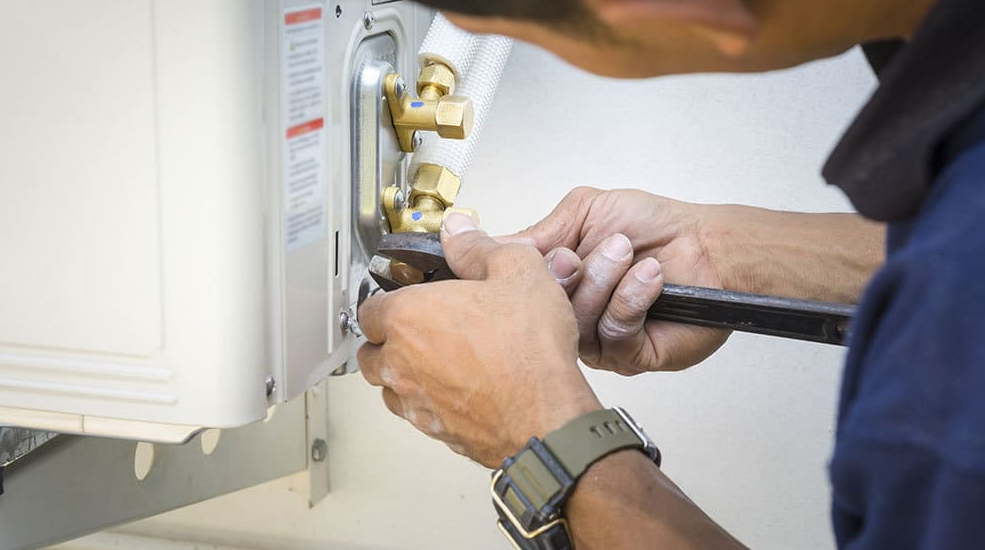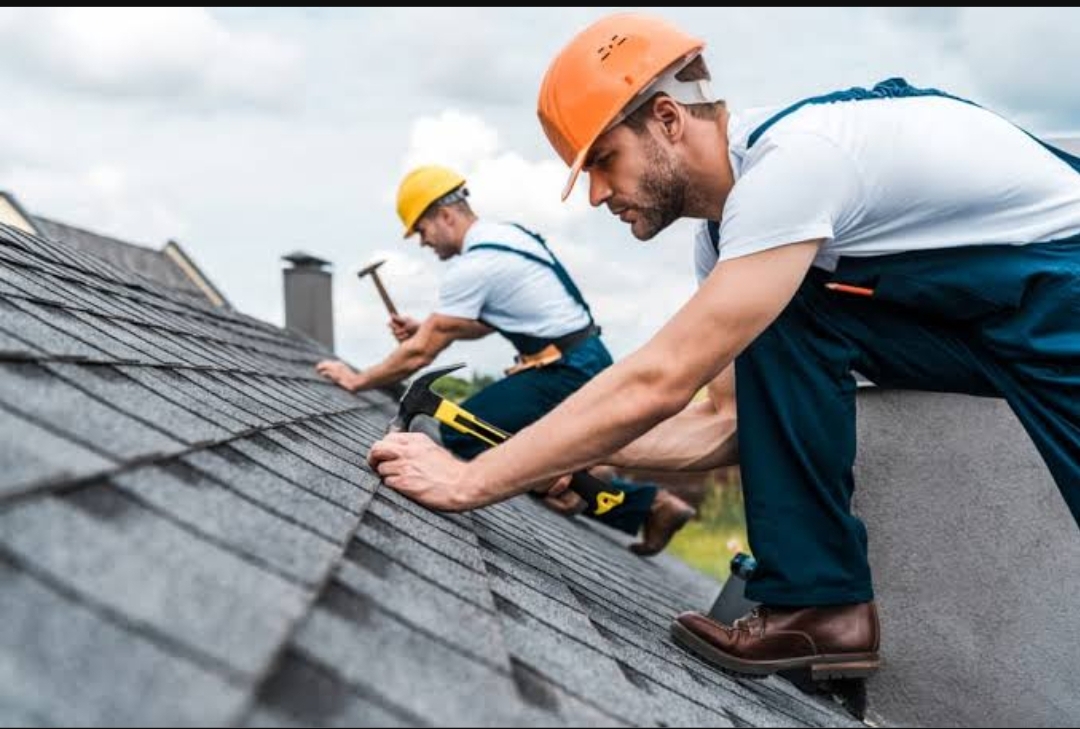Tips to Help You Repipe Your Home

Repiping is a great way to upgrade your plumbing system and save you money in the long run. However, this process can be daunting.
Fortunately, some tips can help you prepare for a successful repipe. These tips cover everything from determining the time to repipe to choosing the suitable material.
Get an Inspection
A repipe is an extensive plumbing project; getting an inspection is essential to determine if you need to do so. Repiping your home can help prevent leaks, improve water pressure, eliminate foul odors, and ensure safe drinking water. It is a necessary investment to safeguard your property and preserve its value.
Leaking pipes and low water pressure are often the first signs of a need for repiping. Other indicators include a hard water scale buildup, rust, or discolored water with an unpleasant odor. A repipe can address these issues and eliminate corrosion and other problems.
Inspecting before repiping a home is essential, as it can save you money and minimize disruptions. During an inspection, plumbers will walk through your home to identify the materials needed and where incisions must be made. They will also put down plastic sheets to protect floors and furniture.
Get an Estimate
You may think about the pipes in your home infrequently, but when they start to break down or show signs of wear and tear, you need to take action. Repiping your home is an excellent way to upgrade your plumbing system and prevent leaks, water damage, and discolored water.
If you have multiple leaks, rusty or corroded pipes, or water that tastes and smells terrible, these are all signs that it’s time to repipe your home. In addition to preventing these problems, repiping can improve your home’s water pressure and make washing dishes and taking showers much easier.
New pipes are also more efficient, which can reduce your water bills and help the environment. Additionally, repiping your home can increase its value and be a selling point when it comes time to sell. This is because buyers will know that the plumbing system is updated and in good condition.
Decide on the Material
Repiping is a significant investment, and choosing a suitable material is integral to the process. The plumber can help you choose the right material for your home based on your needs and budget.
For example, some homeowners prefer copper pipes because of their longevity and corrosion resistance. This material can last up to 50 years without having to be replaced. It is also very durable and can withstand extreme temperatures.
Other homeowners may prefer CPVC or PEX piping because they are more affordable and perform similarly to copper. However, these pipes are less long-lasting than copper and require periodic replacement.
A repipe can be done for the entire house or in specific areas. The repipe process requires opening up walls and installing new pipes, but most plumbers can do the work in a manageable way for your home.
Get a Plan of Action
When you want to repipe your house, getting a plan of action is essential. This includes hiring a plumbing inspector who can advise you on the best way to go about it and what materials will work for your home. It’s also a good idea to clear your home as much as possible before the plumbers arrive. This will prevent your possessions from getting soaked and make it easier for them to access the water pipes.
A repipe can help address leaks and corrosion that can lead to expensive repairs. It can also improve water pressure and eliminate foul odors. Plus, it can replace pipes made of hazardous materials like lead and galvanized steel, which can pose a health risk.
Repiping can also increase your home’s resale value. Outdated and corroded pipes can be a turn-off for potential buyers, so replacing them will ensure they’re buying a worry-free property.
Get a Contractor
Repiping is one of the most crucial home improvement projects homeowners can undertake. It ensures a household’s plumbing system’s safety, efficiency, and quality. It also improves a home’s water quality. However, the process can be daunting, and many factors must be considered.
If you notice rusty or discolored water, high bills, or other issues with your house’s plumbing, it’s time to call in a plumber for a repipe. Repiping typically involves cutting holes in the walls and floors, so hiring a team with experience and expertise is essential.
Repiping can be expensive, but it’s well worth the investment. It increases the value of a home, and potential buyers will be less concerned about future plumbing issues. Repiping can also save homeowners money on water and energy costs. It’s a great way to make a house more environmentally friendly. It can also reduce health risks from old, corroded pipes leaking lead or other chemicals into the water supply.
Get the Job Done
A home’s plumbing system is a vital part of the house, and it’s often taken for granted until something goes wrong. Leaks, discolored water, and low water pressure are all signs that it’s time to repipe.
Repiping is the process of replacing your existing pipes with new ones. It’s usually done when the old lines are damaged or outdated, but it can also be done as a part of a significant remodel.
Many older homes have metal water and sewer lines, and these pipes can corrode over time. In addition, they can be a health risk if they contain lead. Repiping can help to improve the safety and quality of your home’s water by removing the old lead pipes and replacing them with safer materials. It can also save you money on your water bills and prevent costly repairs in the future. Repipe specialists can recommend the best piping material for your needs and budget.



